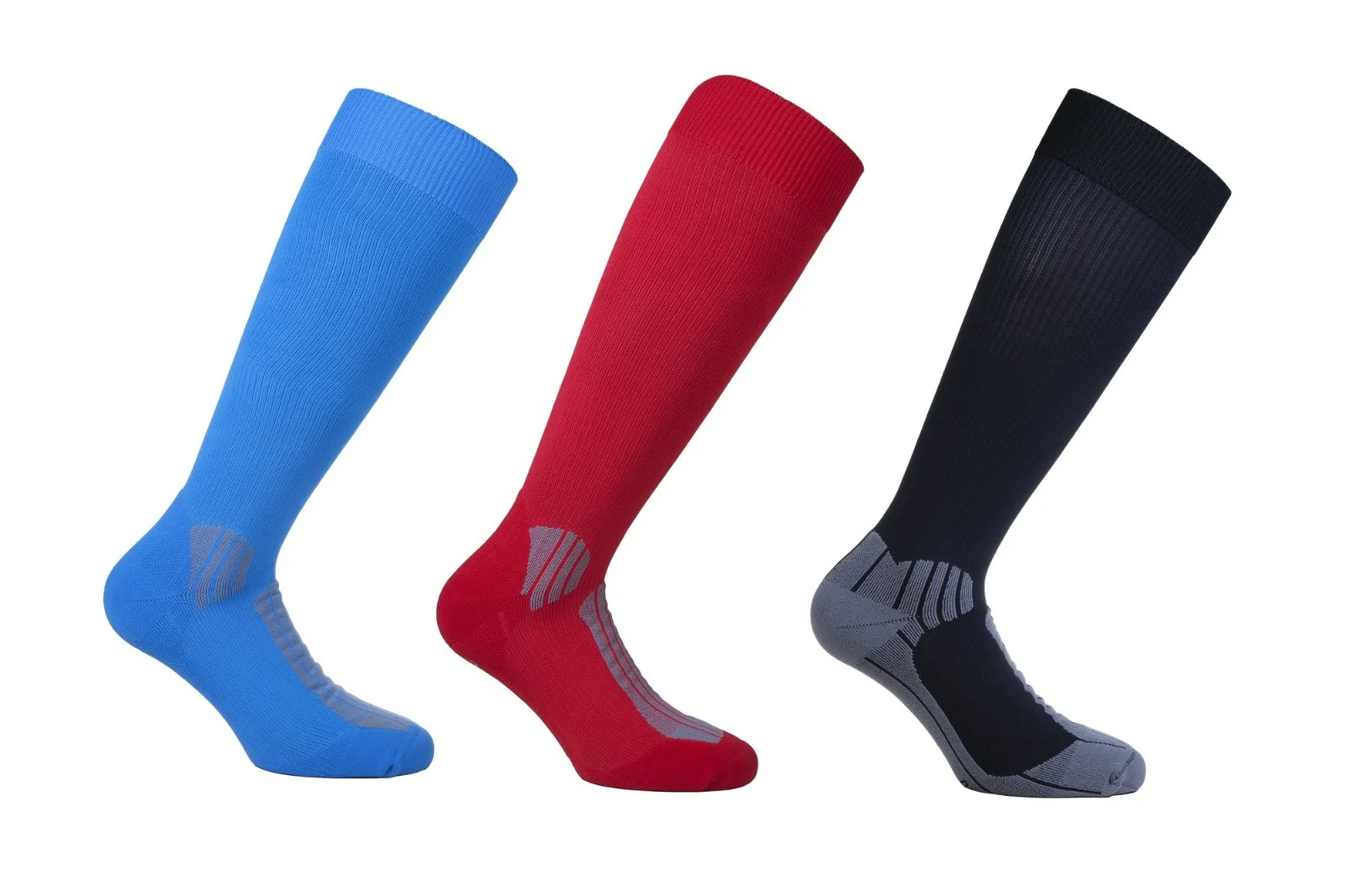Did you know that about 422 million people worldwide have diabetes? That’s why it’s so important to take care of yourself. By keeping your blood sugar stable with the help of daily insulin, you’re taking an essential step toward keeping yourself healthy.
That’s why medical compression socks are so helpful. Compression socks support your feet and reduce your risk of swelling and injury.
Have you been struggling to decide between diabetic socks vs compression socks? This guide will help you out. Read on to learn more!
Common Misconceptions About Diabetic Socks
Diabetic socks and compression socks are two types of specialized footwear that are often confused with one another. While both have their unique functions, there are some common misconceptions about diabetic socks that need to be addressed appropriately.
Diabetic Socks and Compression Socks Are the Same Thing
This is a common misconception that many people have, but it’s essential to understand that these two types of socks serve different purposes. The best diabetic socks are specifically designed for people with diabetes; anyone can use compression socks. The main difference between the two lies in their intended use and the features they offer.
Diabetic Socks Can Cure or Prevent Diabetes
Unfortunately, there is no cure for diabetes at this time, so no type of sock can claim to prevent or treat it completely. However, wearing socks or diabetic-specific footwear can help manage symptoms and prevent potential complications from arising.
Anyone Can Wear Diabetic Socks
While anyone can technically wear them, they may not provide the same benefits or support as they do for someone with diabetes. It’s always best to consult a doctor before using specialized footwear.
Diabetic Socks Are Expensive
Diabetic-specific products can be more expensive than regular socks. But there are also many affordable options available on the market. Additionally, investing in good-quality diabetic socks can save money in the long run. Because they can help prevent foot complications and reduce the need for costly medical treatments.
Differences Between Diabetic and Compression Sock
Diabetic and compression socks are designed to improve circulation and provide comfort and support for individuals with different medical conditions. However, there are some key differences between these two types of socks.
Diabetic Socks
Diabetic socks are specifically designed for individuals who experience poor circulation and nerve damage in their feet. These socks have a non-binding top and a cushioned sole. It helps prevent irritation and protect against skin injuries.
Also, it has moisture-wicking properties to keep the feet dry and comfortable. Excess moisture can lead to bacterial or fungal infections, which can be dangerous for someone with diabetes as they may take longer to heal.
Compression Socks
Compression socks are designed to pressure the legs and feet to improve blood flow and prevent swelling. They are often used by:
- athletes
- pregnant women
- frequent travelers
- with vein issues
- with circulatory issues
- with medical conditions
While both types of socks offer benefits for foot health, the main difference lies in their specific target users and intended uses.
Features
The differences in Diabetic socks and compression socks that set them apart are their features. Diabetic socks are made of soft, breathable fabrics such as cotton or bamboo to wick away moisture and prevent foot infections.
These materials also help to reduce friction and irritation against the skin. They also have extra padding in the sole to prevent friction and ulcers. Some diabetic socks are designed with advanced thermal technology that helps regulate temperature in hot and cold climates.
This feature especially benefits individuals with poor blood flow who struggle to maintain proper body temperature. Also, diabetic socks help reduce this risk by providing a barrier between the foot and the shoe, minimizing the chances of cuts, blisters, or other injuries that could lead to infections.
Conversely, compression socks are tighter and stretchy to improve blood flow and reduce leg swelling. Compression socks are typically made of synthetic blends like nylon or spandex to provide a snug fit and retain their shape even after multiple wears.
Purpose
Diabetic and compression socks are two types of specialized socks often used for different purposes. Diabetic socks are specifically designed to alleviate foot problems that are associated with diabetes, such as:
- poor blood circulation
- nerve damage
They are made with moisture-wicking material and have a non-binding top to prevent constriction and promote better blood flow. On the other hand, compression socks are primarily used to improve blood flow and reduce swelling in the legs.
They provide graduated compression, meaning the socks are tighter at the ankle and gradually loosen up towards the knee, aiding in better circulation. Additionally, compression socks offer more support and cushioning. It is intended for those who are on their feet for extended periods.
Design
In terms of design, diabetic socks tend to have extra padding and seamless construction to avoid irritation. Diabetic socks are made with non-binding tops that do not constrict the legs or feet. They also have non-slip soles to prevent falls and keep the foot secure in the shoe.
On the other hand, compression socks are usually tighter-fitting and come in a variety of lengths and styles. Both offer specific benefits but have different purposes, highlighting the importance of choosing the right type of sock based on individual needs.
Pressure Level
The main difference between these two sock types is their pressure level. Diabetic socks are specifically designed to provide gentle pressure. It also promotes proper blood flow in the feet. Furthermore, it offers extra cushioning and moisture-wicking properties to prevent complications such as:
- blisters
- sores
On the other hand, compression socks are designed to apply higher pressure to improve circulation and reduce swelling in the legs and feet. They are often prescribed for conditions such as
- varicose veins
- deep vein thrombosis
- lymphedema
Both types of socks have advantages for diabetics. The best option requires understanding each situation’s unique pressure requirements.
Know the Difference Between Diabetic Socks vs Compression Socks
Both diabetic socks and compression socks have their unique benefits and purposes. So, it’s essential to understand the difference between diabetic socks vs compression socks based on your specific needs before choosing. Consult with your healthcare provider to determine which sock is best for you.
Invest in your foot health and choose the right socks today.
Did you find this article helpful? If so, check out our other blogs for more great content like this.


















